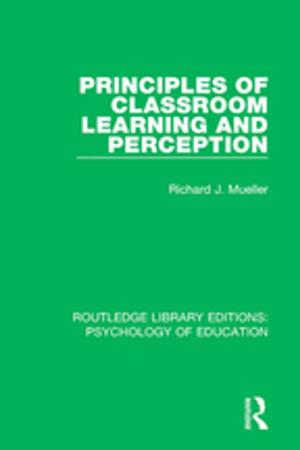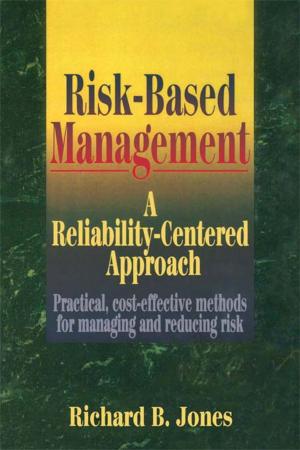Family Life and Youth Offending
Home is Where the Hurt is
Nonfiction, Social & Cultural Studies, Social Science, Crimes & Criminals, Criminology, Sociology| Author: | Raymond Arthur | ISBN: | 9781134132751 |
| Publisher: | Taylor and Francis | Publication: | October 3, 2006 |
| Imprint: | Routledge | Language: | English |
| Author: | Raymond Arthur |
| ISBN: | 9781134132751 |
| Publisher: | Taylor and Francis |
| Publication: | October 3, 2006 |
| Imprint: | Routledge |
| Language: | English |
The contention that young people commit offences due to inadequate parenting and parental difficulties has been an abiding feature of the debates on juvenile offending. Previously this evidence has been used to design prevention programmes for young offenders who have been processed by the criminal justice system, but this book examines how this evidence can be used to prevent offending in the first place.
Examining the relationship between the causes of youth offending and the legal duty of the state to address those causes, this book provides evidence to show that improving the family environment could be the most effective and enduring strategy for combating juvenile delinquency and associated behavioural, social and emotional problems. It examines how current child welfare legislation, in particular the Children Act 1989, could be employed to prevent children who are at risk of engaging in antisocial and delinquent behaviour from offending. It abandons the traditional ‘welfare vs. justice’ dichotomy and instead outlines a new approach which focuses on the rights and needs of young people in troubled circumstances and their families.
The contention that young people commit offences due to inadequate parenting and parental difficulties has been an abiding feature of the debates on juvenile offending. Previously this evidence has been used to design prevention programmes for young offenders who have been processed by the criminal justice system, but this book examines how this evidence can be used to prevent offending in the first place.
Examining the relationship between the causes of youth offending and the legal duty of the state to address those causes, this book provides evidence to show that improving the family environment could be the most effective and enduring strategy for combating juvenile delinquency and associated behavioural, social and emotional problems. It examines how current child welfare legislation, in particular the Children Act 1989, could be employed to prevent children who are at risk of engaging in antisocial and delinquent behaviour from offending. It abandons the traditional ‘welfare vs. justice’ dichotomy and instead outlines a new approach which focuses on the rights and needs of young people in troubled circumstances and their families.















